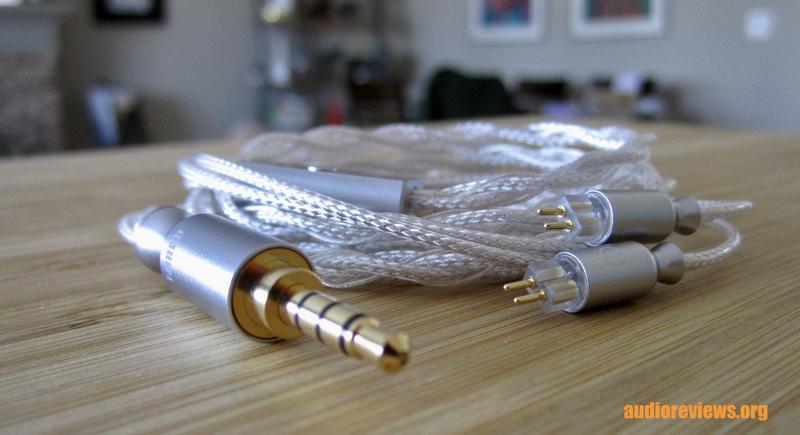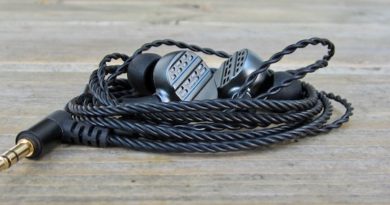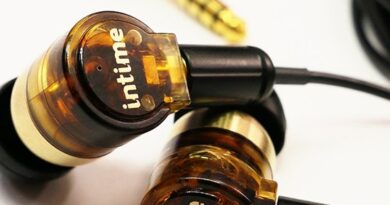ddHiFi M120A Earphone Cable With Mic Review – Sexy Hexy
The $60 ddHiFi M120A is a well-made, haptically, and optically very appealing earphone cable with a great jewelry effect that is sadly only available as single-ended with a 3.5 mm plug.
PROS
- Eyecatching design
- Great haptic and build
- Light
- Comfortable and versatile (no memory wire)
- Sounds good to my ears
- Microphone?
CONS
- No balanced version with 4.4 mm or 2.5 mm plug available
- Microphone?
The M120A cable was supplied by ddHiFi for my review…and I thank them for that. You can get it from the DD Official Store.
Arrgh, I was talked again into analyzing an earphone cable that came piggyback with the ddHiFi Janus3 earphone. I don’t like doing this as such reviews give a reviewer a bad name. Why? Because every single cable reviewed “sounds better”, frequently “instantaneously better” than any stock cable or competitor it is compared to.
There is no doubt that analog cables contribute to sonic differences, although they may “measure the same”. No surprise here either as there is no physical correlation between impedance and capacitance on one hand, and soundstage, note definition etc. on the other.
Another problem with testing cables is the reviewers’ expectation bias, fueled by the lack of memory between re-cabling the test earphones. My memory is certainly insufficient and A/B-ing on the push of a button is not possible. There was only one analyst, the revered B9Scrambler, who never included sonic characterizations or comparisons in his reviews.
Even if such were real, they would only apply to that particular test setup and would not be universally valid.
ddHifi are a Chinese company that specialize on audio accessories (with a few exceptions such as the Janus earphone line). Their products are imaginative, practical and of high quality. If you want to get a cross section of their gear, check our reviews of their products. The M120A analyzed here is an earphone cable that comes optionally with MMCX or 2-pin connectors, and a 3.5 mm plug (no balanced version available).
| SPECIFICATIONS ddHiFi M120A Earphone Upgrade Cable with Microphone Inline Remote and Microphone: Play/Pause/Call, CTIA standard Conductor: 25.6 AWG (core) Conductor Material: Litz high-purity OCC (core) Cable Structure: 0.06 mm (diameter)*7*7 strands Plug: 3.5 mm Connector: MMCX or 2-pin 0.78 mm Product Page: ddHifi.com Purchase Link: DD Official Store Tested at: $59.99 |
The specs need some explanation:
- CTIA standard refers to the plug with the microphone connector on the sleeve end, which works with all modern smartphones.
- Litz refers to the internal cable structure; it is a special type of multistrand cable designed to reduce skin and proximity effect losses in conducturs below 1 MHz.
- AWG is the short for American Wire Gauge and relates to the wire diameter.
- OCC characterizes the wire material and stands for “Ohno Continuous Casting”. It refers to a method of copper refining developed and patented by Professor Ohno of the Chiba Institute of Technology in Japan. The process results in essentially oxygen free pure copper, which has ultra-low impedance that results in rapid signal transmission. And the lack of impurities makes the material corrosion resistant.
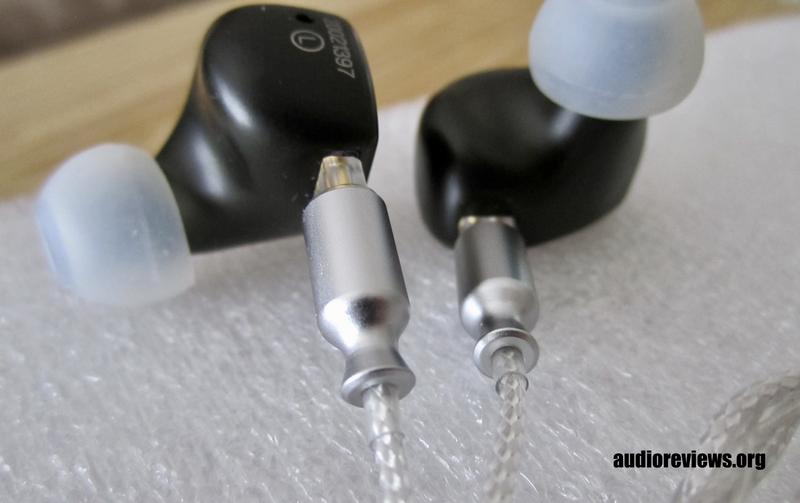
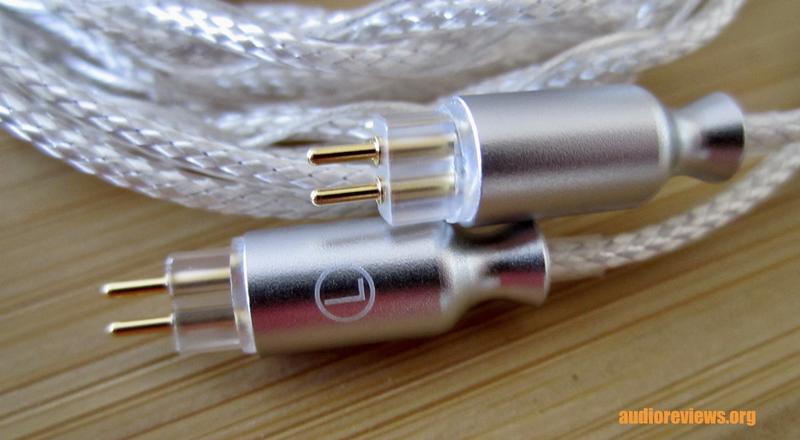
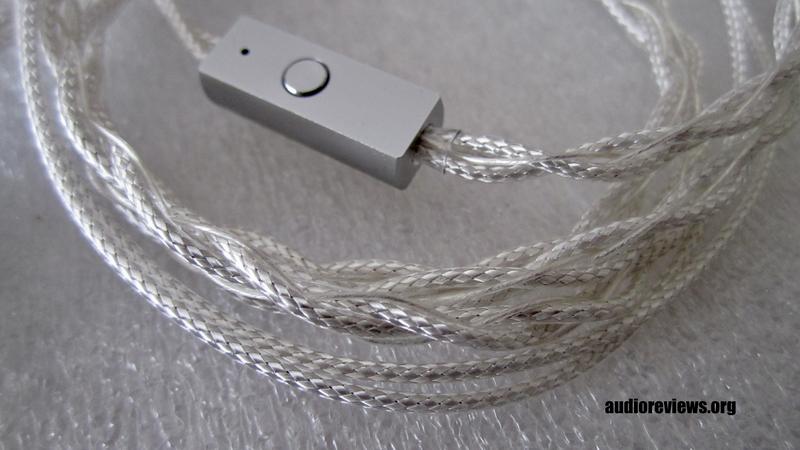
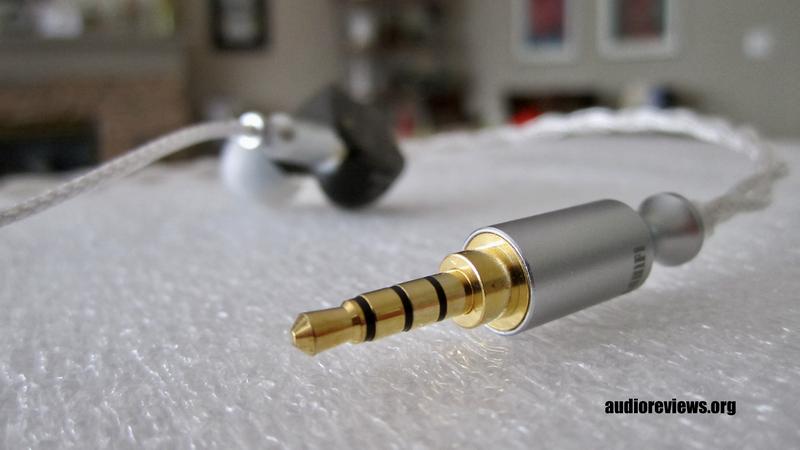
The cable is built extremely well with sturdy metal connectors on both ends. It feels rigid and minimizes noise transmission. The jacket is of rather hard polycarbonate and is dirt and water repellent. What I find most appealing is the fact that this cable lacks memory wires…it can be worn over and under ear. Strange that nobody else has had this great idea before. The cable is thin, almost spindly, and light, which contributes to its comfort.
I chose the 0.78 mm two-pin connectors over the MMXX. The two-pin connectors have a universal fit, which includes recessed sockets in earpieces.
When it came to testing this cable, it was initially catching dust. I could not be, pardon, arsed, to tell you how good or bad it sounded. But one fine evening, I ripped the CEMA RX series cable off my LETSHUOER EJ07M iems, and plugged the M120A in. First: it really upgrades these >$600 in terms of haptic and appearance. Second, the M120A is haptically a pleasure. And third, I liked listening to it.
Using the iPhone SE (1st gen.) with the AudioQuest DragonFly Cobalt, my latest “Deutsche Grammophon” classical music acquisitions sounded full and balanced. Whether this is better than the CEMA cable is completely irrelevant for you, everybody has to test a cable with their own equipment. All I can say is that I really like using this cable, and that I am positively surprised.
If you want to test this or any other cable for your yourself, please consider these points:
- Cables can make a sonic difference, mainly with multi-driver earphones
- This difference possibly relates to impedance, wire material, and wire structure
- Impedance differences may in some cases be large enough to result in different sound volumes and can also alter the earphone’s frequency response; such changes in the frequency response can be calculated
- Cables may not make any difference with some earphones
- Listeners often mistake volume increase due to lower impedance for sonic improvement
- The sonic differences between cables are largely independent of price
- If sonic differences between cables exist, they are not universally valid but only relate to that particular earphone and the cables used in that particular comparison
- Eartips are the cheaper alternative to achieve a different sound
- Expensive upgrade cables may sound worse with your favourite earphone than stock cable
- One may be better off spending the upgrade cable’s price on better earphones
And what does the mic sound like? Here my test recording:
In summary, the M120A works for me. It sits at the upper end of what I cheapskate have spent on an earphone cable in the past. I am just sad that a balanced version does not exist.
Until next time…keep on listening!

Gallery ddHiFi M120A
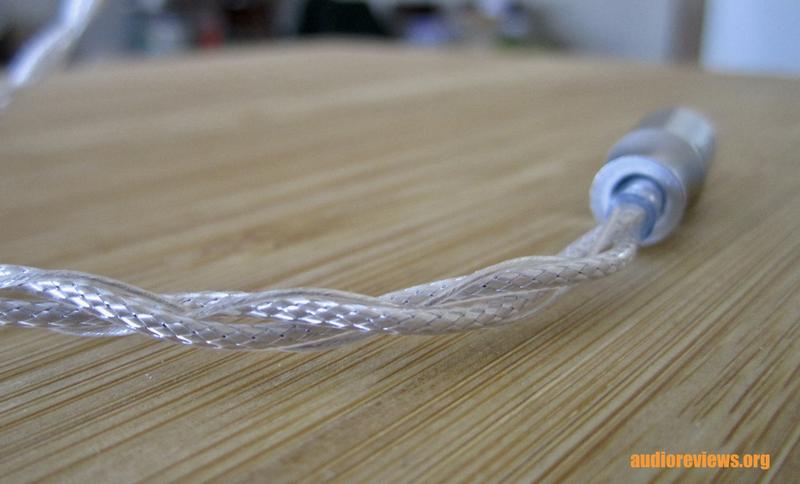
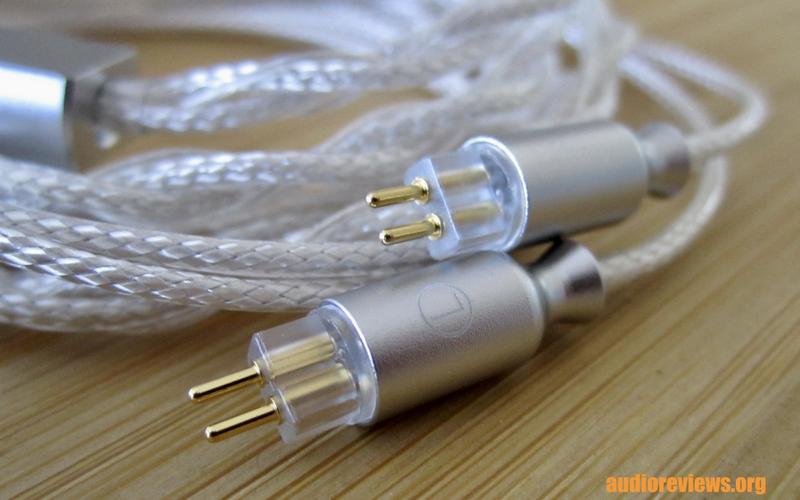
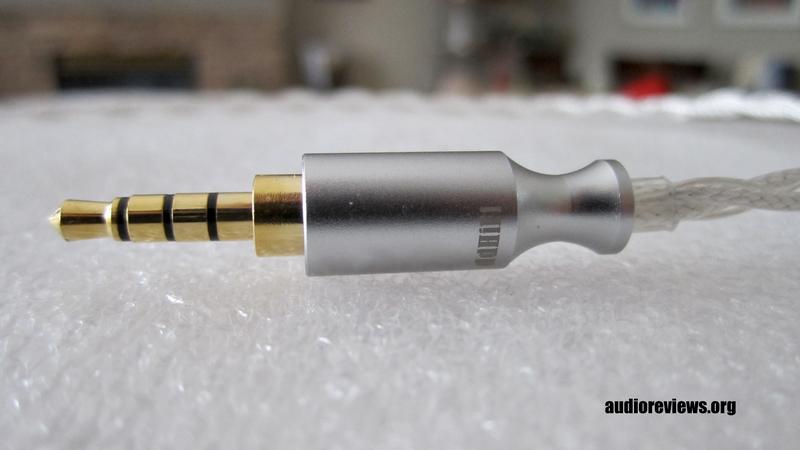
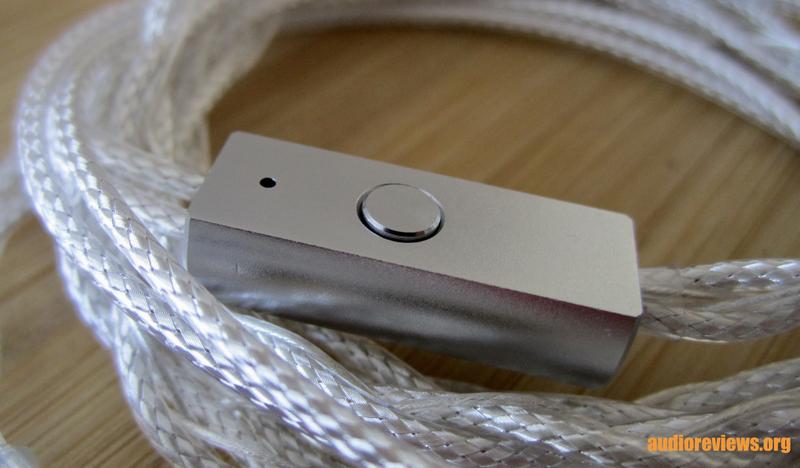
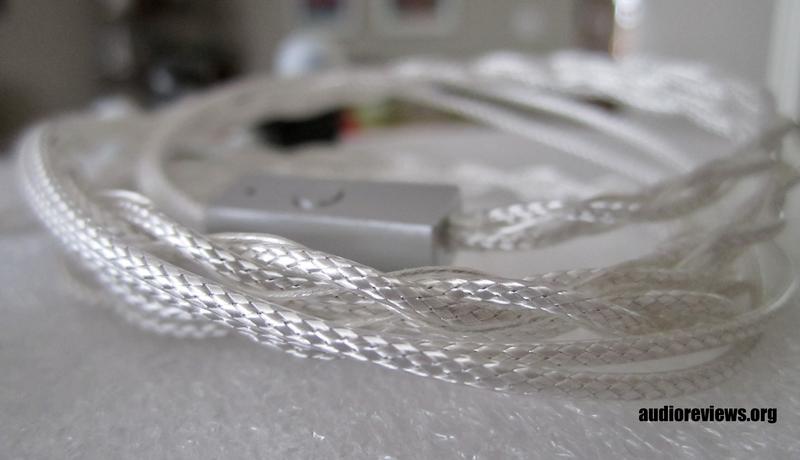
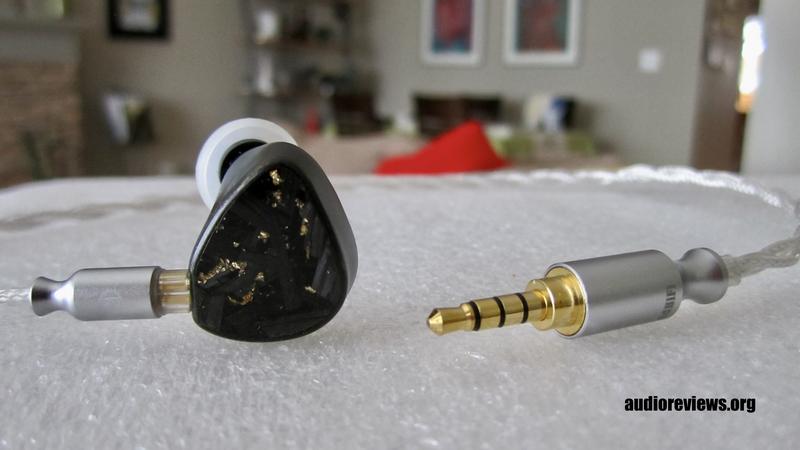
Disclaimer
Our generic standard disclaimer.



